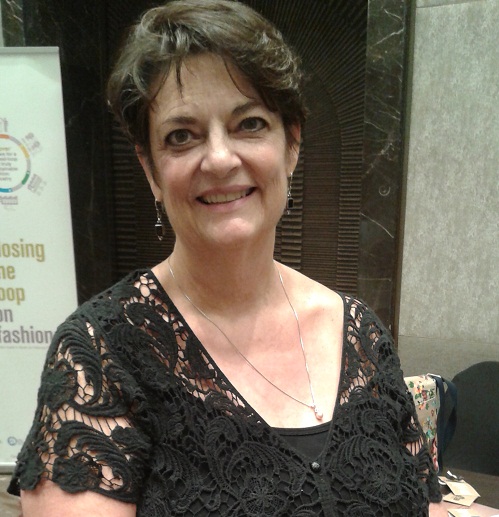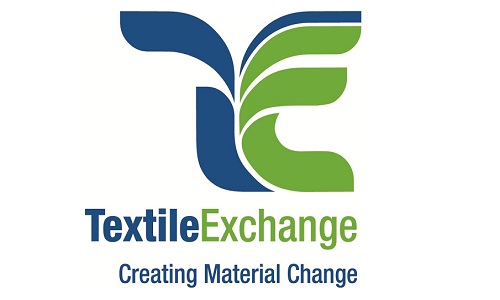
A thirteen year old company, Textile Exchange believes in using textiles as a catalyst, as a means to create change. “Originally Textile Exchange was an organic exchange and our focus was on organic cotton. We felt organic cotton should be a market-driven solution to address issues such as the use of pesticides and water. Crop rotation was a vital issue. When you think of the way textiles are produced or manufactured, there was no vision of long term resource planning or for the well-being of people on the planet,” explains Pepper.
Perspective on India

Pepper says that some projects in India are quite good where farmers get training and education and a price for their product. However, she explains, at the same time there are projects that don’t have a strong market linkage and support. “We recommend farmers don’t grow cotton unless they have a strong market partner and clear market signals. There is an issue about availability of resources, of non-GMO seed. The GM folks all over the world have not been diligent about keeping their seeds segregated. A farmer may think he’s getting bad non-GMO seed because there’s been carelessness and neglect in its handling. The bottom-line is that that GMO is basically polluted and leads to contamination,” Pepper states.
She adds that basically the cotton seed supply is polluted and we are the victims of this situation. “It is a serious issue in India. We want Indian businessmen to say that these policies are endangering our business. There has to be a collective action. We aim to empower owners. The individual can do only so much and they derive strength from a team,” she avers.
Pepper recently attended a Textile Sustainability conference in Mumbai. Speaking about the conference agenda, Pepper said, “We have visited India earlier for some regional conferences, which was in 2004 and 2006. Every year we have a conference at a different location. We rotate between different markets. North America and the US are the highest markets for us. We engage the buying community there and have had a lot of registrations from India. We rotate to engage different segments of the whole supply chain, be it brands, suppliers or manufacturers. We have had conferences in Hong Kong and Turkey twice. What we want to do is promote that engagement in the supply chain.”
Role of Textile Exchange
Textile exchange does surveys of brands on the kind of materials they use. “We have stopped using the word sustainable since there is nothing that’s truly sustainable. We now call it as preferred,” explains Pepper, adding, “Most brands use more than one material and they give them a portfolio that allows them to pick preferred materials from each of the categories. Textile exchange works with brands and retailers to develop a strategy. Besides, they also work with people in supply webs and help them understand what those materials are, how and where to source them from and the importance of certification.”
According to her organic cotton has a strong base in India with producers and producer groups. “Knitting and weaving are strong. It is robust. We are looking for trigger points. The talk at the conference should serve as a catalyst. I think we are going to have a lot of proactive action. Errors have to be identified and addressed,” Pepper exclaims.
On a concluding note, she says, “We are going to fan out to various locations in India. We have 32 countries represented here. We want commitments to turn into a reality. That’s the continuum of change. We want to focus on creating change in the industry. We want understanding, awareness, and commitment in action. We want to keep the momentum going and have further development and action and address barriers to growth.”
Textileexchange.org












